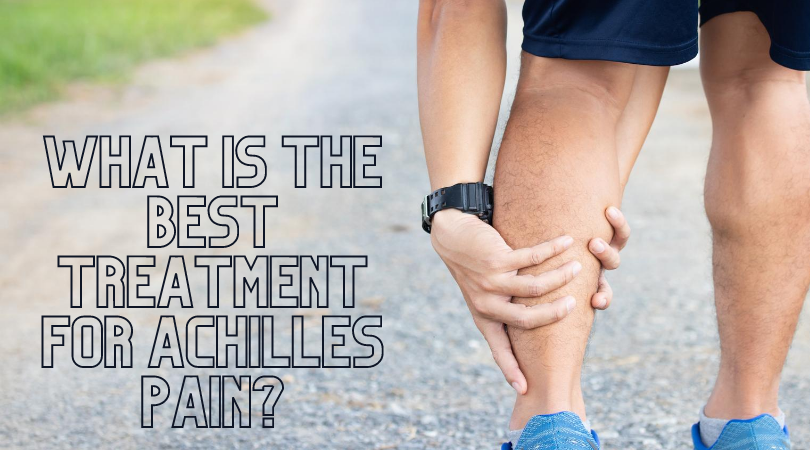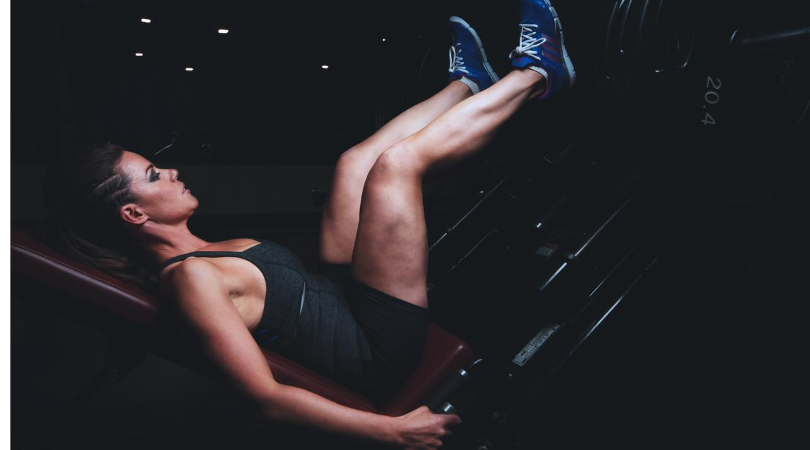What is the best treatment for achilles pain?

For this blog we review the latest in achilles pain treatment. In particular, a recent article titled ‘Achilles Pain, Stiffness, and Muscle Power Deficits: Midportion Achilles Tendinopathy Revision 2018’. This research complies all the treatment methods available and grades them from A (most effective & research-backed) to D (ineffective or no research found). So let’s summarize these treatments now.
Achilles pain Level A treatment
A progressive strengthening exercise program is the most effective course of treatment for achilles pain. The most superior form of loading is still debatable, but all types have shown to be beneficial at decreasing pain and improving function. From my knowledge, pain during these exercises should not exceed 3/10 pain and should not display irritation greater than 1-hour after exercise or the following morning. Therefore, working with a trained health professional to determine to starting point is recommended.

Level B treatment
In most circumstances, complete rest is NOT indicated. Exercise within low levels of pain should continue with modification if necessary. For those who experiencing high levels of pain or irritability, a cortico-steroid has been shown to be effective at decreasing pain and improving function.
Level C treatment

Stretching the achilles and calf with a straight or bent knee may reduce pain and improve satisfaction. This is particularly for runners who already have poor range of movement. This is where the evidence is not as strong but may still hold some clinical relevance.
Level D treatment
These therapies show evidence that contradict one another. This includes the use of orthoses, heel lifts and low-laser therapy. I think choosing the right people for these treatment options can show benefit, but unlike level A option, isn’t for everyone.
Conclusion
All health professionals can agree that strengthening is for everyone. If you have not responded well to this rehabilitation, reassess the intensity or get a second opinion for a differential diagnosis. Whether you start at very low intensities, or to push you a bit harder than you thought, these are questions your health professional can guide you through based on your individual circumstances.
Relevant Blog posts
- How To Run Free Of Achilles Pain
- How to strengthen your calves for running?
- Why stretching won’t help muscle tightness
Relevant Podcast episodes
- Overcoming your calf strains with Neil & Victoria
- Tendons 1: Tendinopathy 101
- Tendons 2: Tendinopathy rehabilitation & prevention
